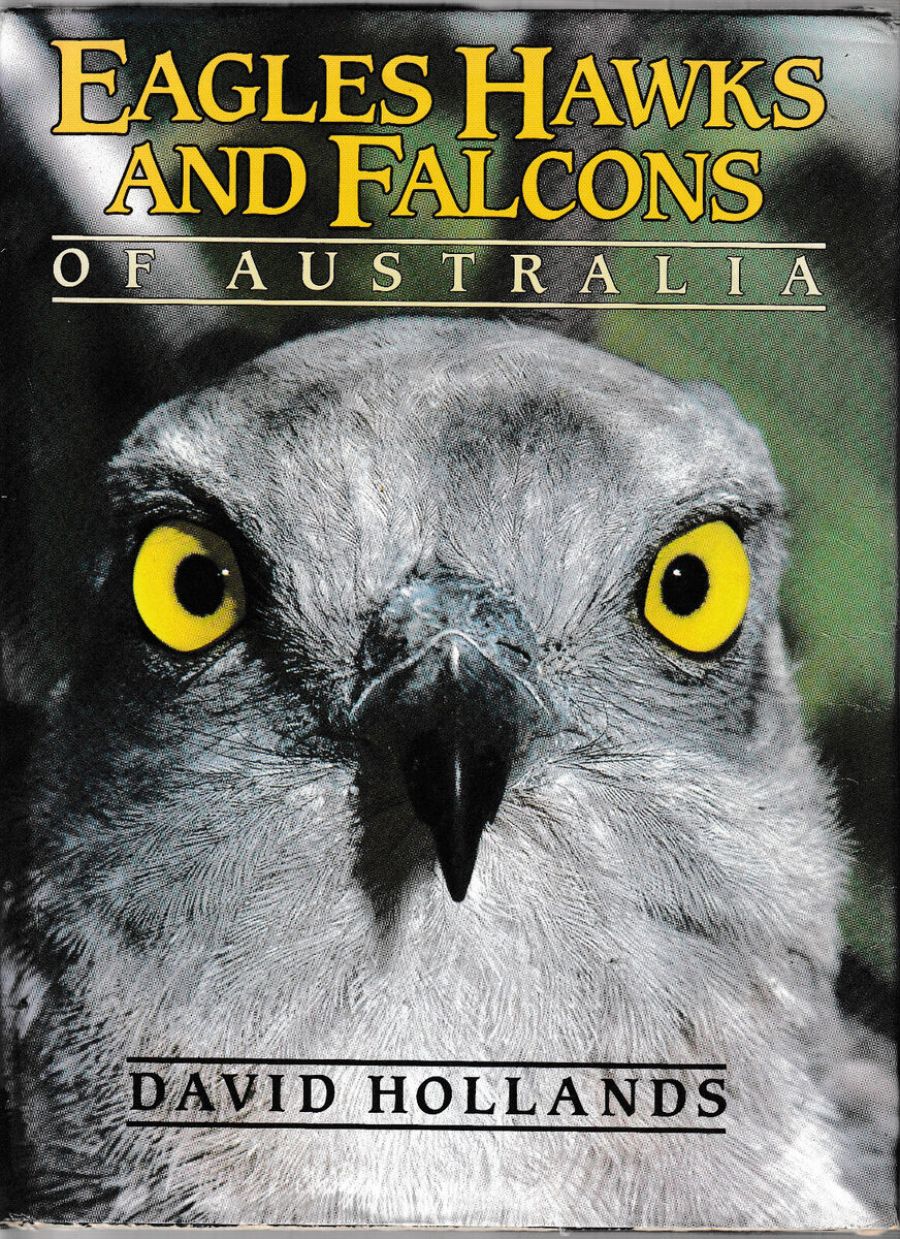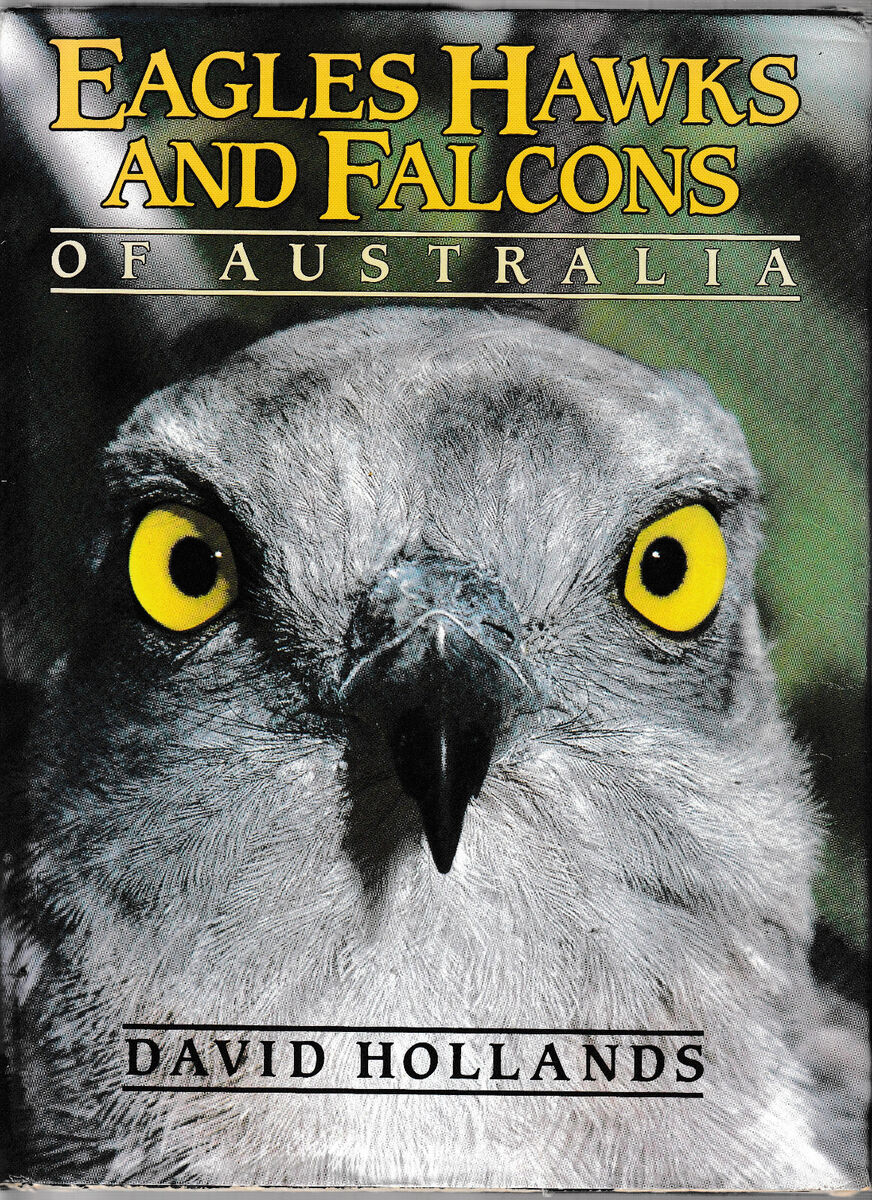
- Free Article: No
- Contents Category: Nature Writing
- Review Article: Yes
- Article Title: Essays on birds of prey
- Online Only: No
- Custom Highlight Text:
Much motoring, walking, climbing, sitting, waiting, staring, wondering, deciding, writing, reading, persisting, and thus much time with much patience, much enthusiasm, were required for the determination behind this book – an announcement leaflet states it in part with “… twelve years of field work, two land-Rovers, hundreds of thousands of kilometres of bush roads, nine cameras and countless rolls of film”. All done while also country doctoring in general practice.
- Book 1 Title: Eagles Hawks and Falcons of Australia
- Book 1 Biblio: Thomas Nelson, 212pp., illus., index, $49.95
- Book 1 Cover Small (400 x 600):

- Book 1 Cover (800 x 1200):

The experience is stated in Eagles Hawks and Falcons of Australia for each of the 24 species in a descriptive essay, full-colour plates (150 in total) of photographs, and a field guide. "Hawks” of the title include other vernacular names in Osprey, Kite, Baza, Buzzard, Sparrowhawk, Goshawk, Harrier. Two other species, Hobby and Kestrel, are falcons. Graham Pizzcy, author of A Field Guide to the Hirds of Australia, provides an enthusiastic foreword.
The essays are deliberately “lyrical and evocative” in the author’s intention, and they also read informatively in much detail for those seeking, ornithological material. The reader should memorise falconry terms in the glossary before becoming involved in the essays, and also accept anthromophoric touches here and there (including personal pronouns for sexes), not unusual, somewhat expected, from writers deeply involved with eagles, hawks and falcons.
The plates from photographs are impressive indeed – the jacket front plate is compelling – but there is a limitation that plates for each species arc not placed with or close to the essay, despite the author’s explanation why not so.
The ‘Field Guide’ comprising names, field characters, voice, food and hunting, breeding, habitat, distribution in Australia and abroad, is important ornithologically with much detail gained from intimate watching of each species and from close attention to raptore literature listed in the book. A classification is provided of the twenty-four species in five categories of size, from ‘Small’ to ‘Very Large’.


Comments powered by CComment